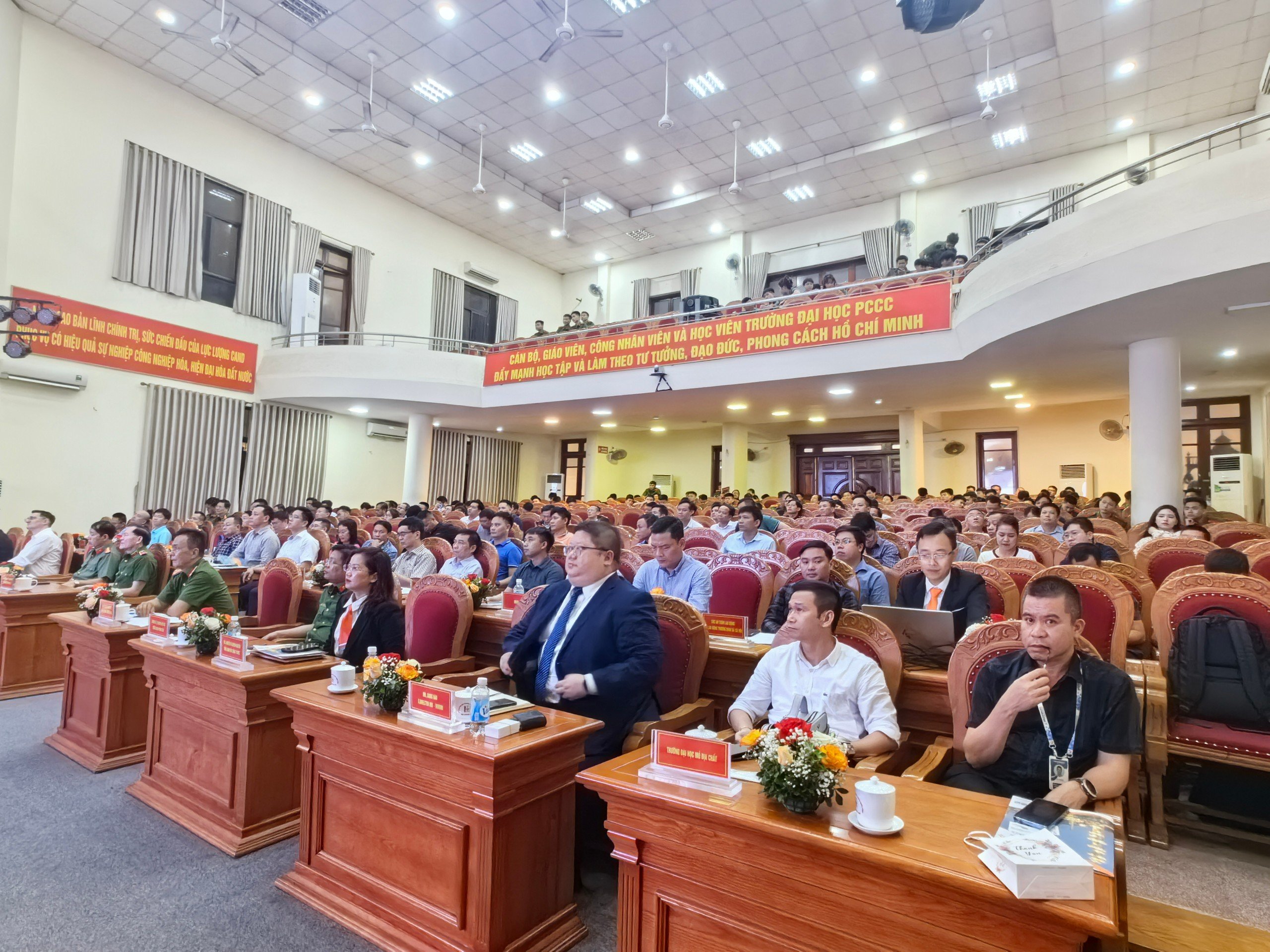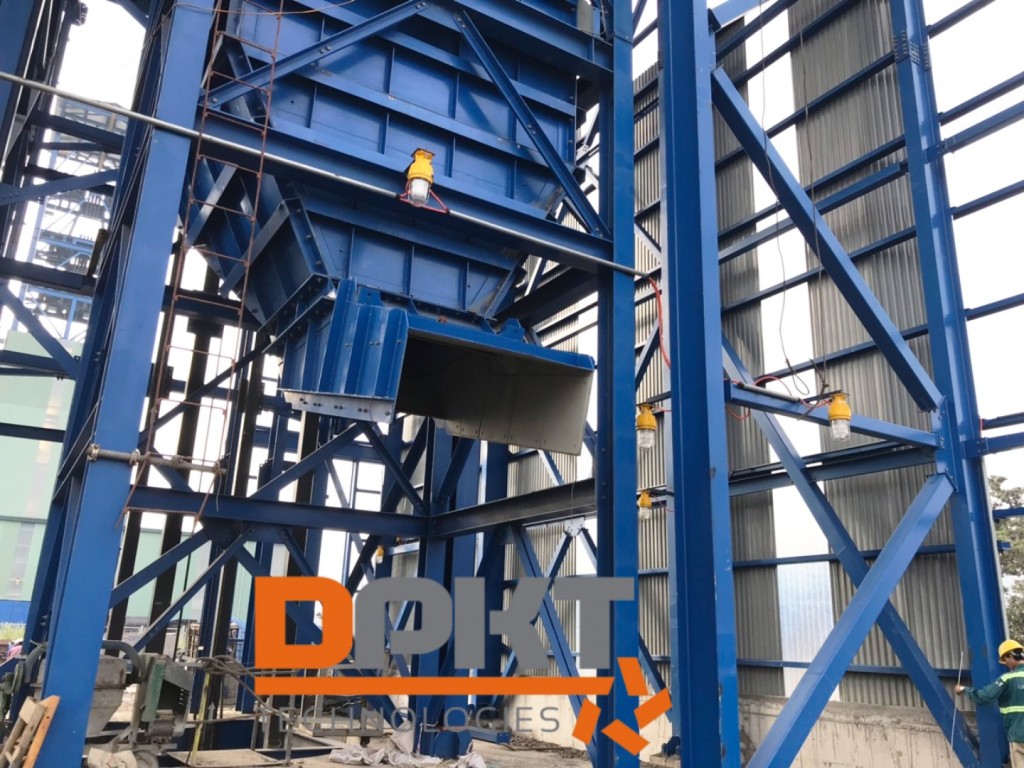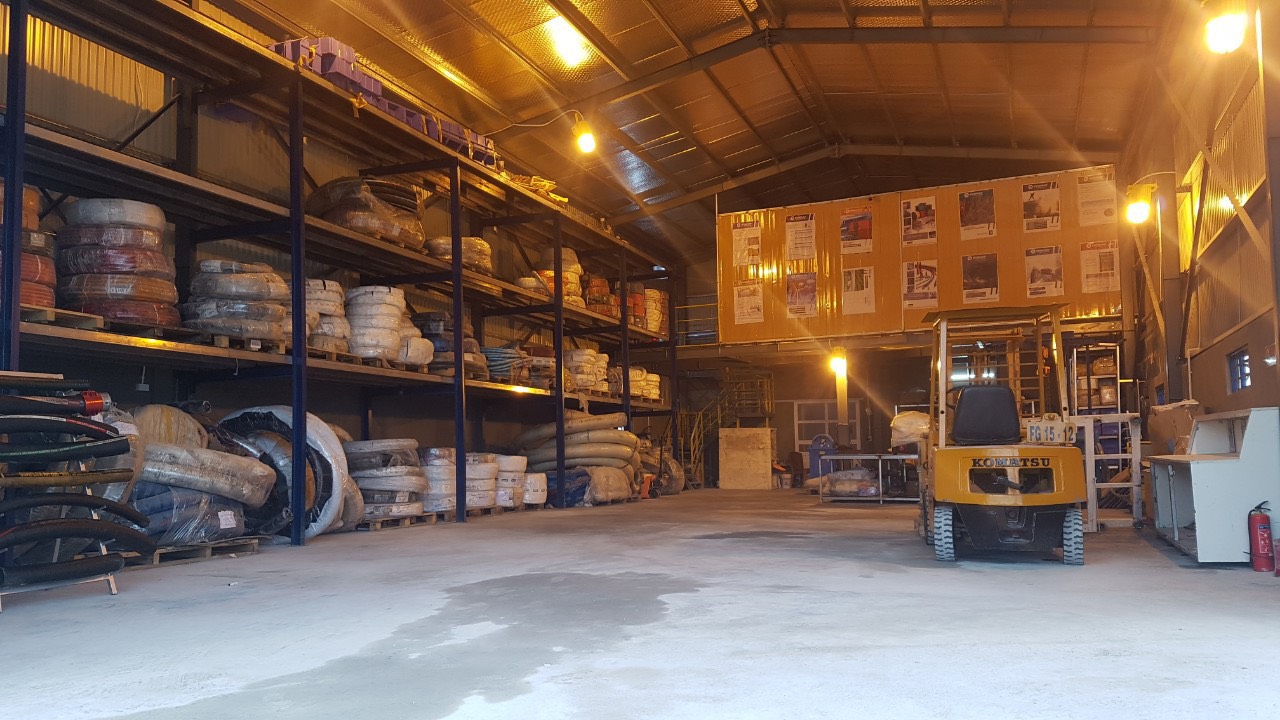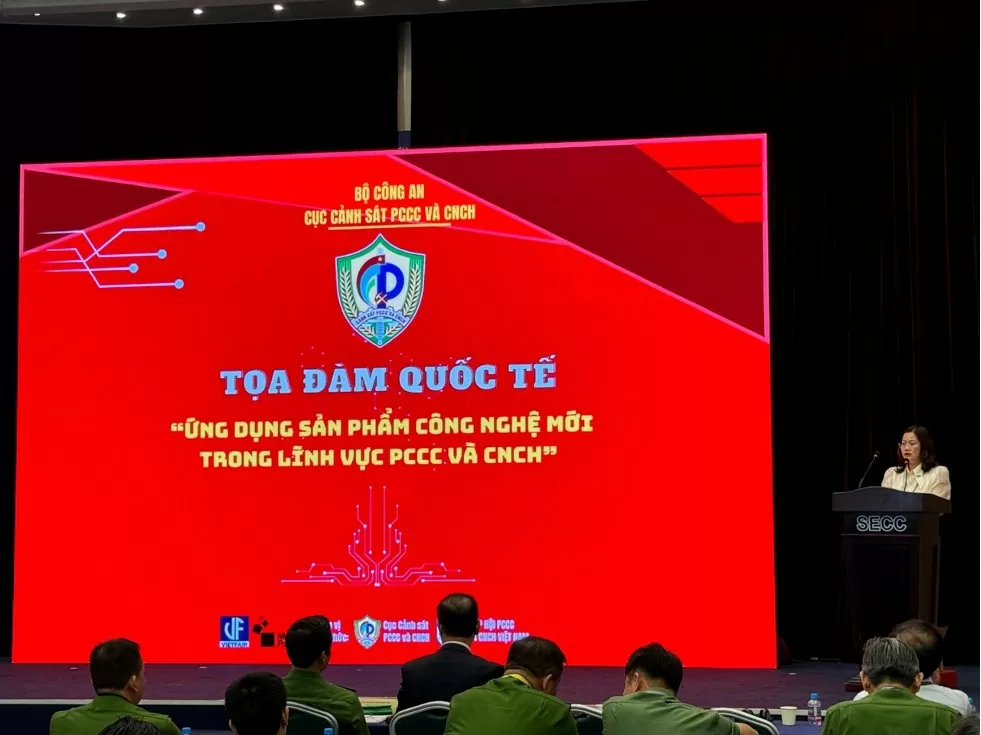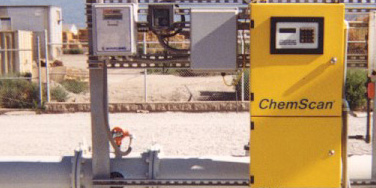
Summary:
The text discusses the presence of inorganic phosphorus in wastewater due to synthetic detergent, industrial processes, and raw water with high phosphate levels. Industrial wastewater can contain various phosphate compounds. Polyphosphate undergoes gradual hydrolysis in wastewater, reverting to orthophosphate. This transformation is influenced by pH, temperature, and the presence of bacterial enzymes. Many wastewater treatment plants aim to remove phosphorus during the treatment process to limit algae and bacteria growth.
Treatment Practices:
There are two fundamental methods for phosphorus removal from wastewater. One method relies on naturally occurring microorganisms to release stored phosphorus under anaerobic conditions and then remove soluble phosphorus under aerobic conditions. Another method involves chemically adding metal salts to convert soluble phosphorus into insoluble precipitates, which can be removed through settling or tertiary filtration.
Chemical Phosphorus Removal:
Coagulants like aluminum sulfate (alum), lime, iron sulfate, iron chloride, or organic polymers are added to wastewater in a rapid mix tank, forming insoluble precipitates with soluble phosphorus. Care must be taken to ensure that the remaining phosphorus after settling does not hinder biological wastewater treatment in subsequent stages. Another strategy is adding coagulants to an activated sludge tank, where aeration-induced mixing can facilitate the formation of phosphate precipitates. Excess coagulants can adversely impact disinfection and create challenges in UV disinfection. Therefore, precise control of this process is crucial.
Monitoring and Control:
Monitoring orthophosphate concentration is crucial for calculating the dosage of coagulants. The rate depends on the molar ratio of available metal ions to phosphorus. Inadequate coagulant dosage may result in excessively turbid effluent, while excessive dosage can yield similar undesirable outcomes. Residual coagulant and excess metal ions can negatively affect disinfection and coat UV disinfection sleeves. Therefore, stringent control measures are necessary, preferably through feedback control for ease of operation and maintenance.
Sampling:
Sampling points depend on the chemical addition point and control strategy. Online monitoring of orthophosphate is recommended, starting after the addition point and continuing until polyphosphate is entirely converted to orthophosphate. If sampling occurs after settling or filtration, additional testing may be required to ensure that the formed precipitates are not reintroduced into the effluent.
ChemScan Process Analyzer:
The ChemScan process analyzer can be employed to monitor total dissolved phosphorus and/or orthophosphate concentrations at sampling points before and after the chemical phosphorus removal process

